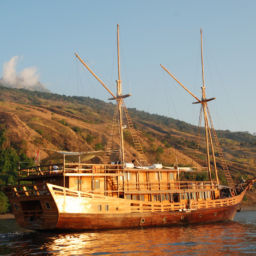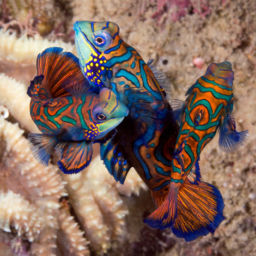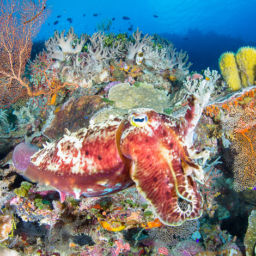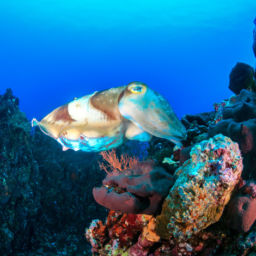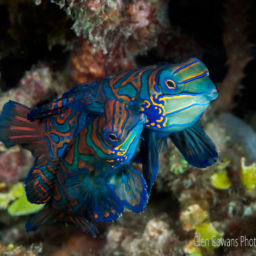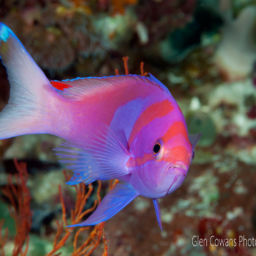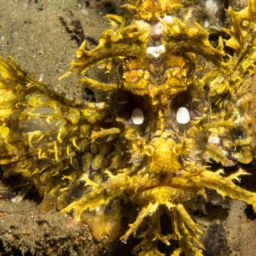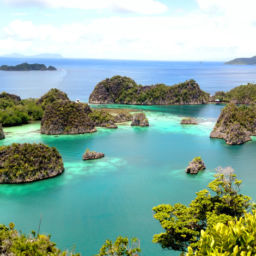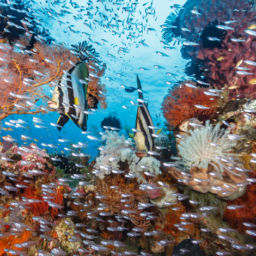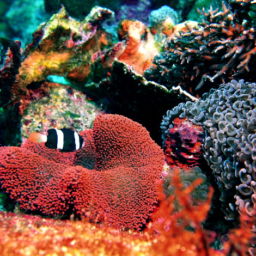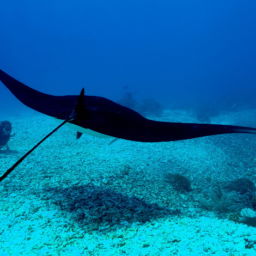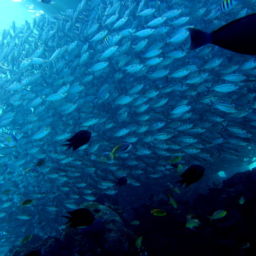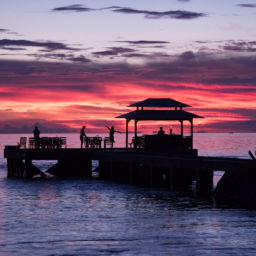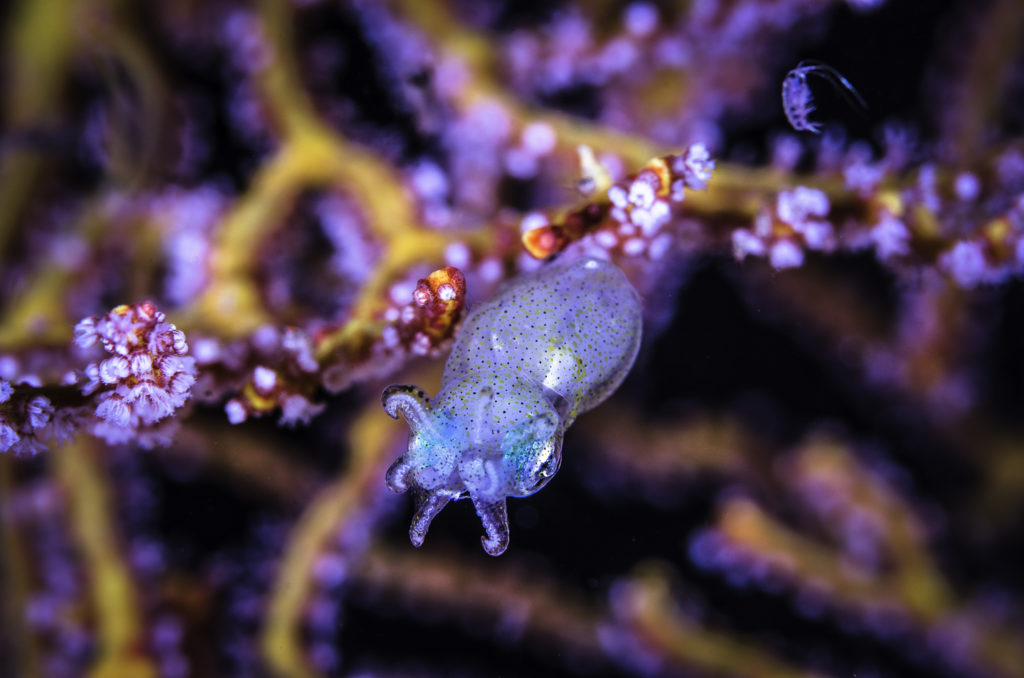
It’s easy to see how the dive site known as The Zoo at Wakatobi Resort got its name. Just minutes from the dock, this sloping reef follows a stair-stepped profile and is home to a staggering variety of marine life, all concentrated in a relatively small area. This is one of the region’s best macro dives. Residents include frogfish, ghost pipefish, mantis shrimp, leaf fish, hairy squat lobster, different species of pygmy seahorses and more. The same picturesque underwater landscape that makes for good critter hunting during the day also provides habitat for a wide range of nocturnal creatures that only come out when the sun goes down. Because of this, The Zoo at Wakatobi makes for a spectacular night dive.
At dusk, cardinalfish, bigeye and numerous invertebrates emerge from the staghorn corals. Under cover of full darkness, a nocturnal menagerie assembles. Several varieties of hunting cuttlefish, colorful flatworms and many species of lionfish, including the elusive twinspot lionfish, scour the reef. Bobtail squid and octopus seemingly congregate in larger numbers here than other sites in the area. Torches work like spotlights to reveal a broad cast of characters. You’ll see brilliant flatworms and nudibranchs and alien-like mantis shrimp with their gleaming compound eyes. Thousands of glowing eyes of various shrimps and crabs peer at you from every crack and crevice, and out in the sand pockets, a diver might happen upon a flamboyant cuttlefish. For the keen-eyed diver, close inspections of the convoluted surfaces of Zoo’s large barrel sponges will produce finds such as the diminutive hairy squat lobster.
When roving packs of squid go on the hunt, the resulting light show is nothing short of psychedelic. The Zoo is also one of the prime locations for Wakatobi’s signature fluo-dives. Using UV dive lights that reveal certain corals and animals in glowing fluorescent tones, the experience is akin to an underwater black-light poster. Divers, and especially photographers, love this dive, as they can capture rare creatures in a whole new light.
“Night is a particularly magical time, as many creatures that hide among the hard corals during daylight come out after dark,” says Lorenz Mäder, founder of Wakatobi. “You could spend hours here and not run out of things to discover. When we added the fluo-diving program at Wakatobi, we knew The Zoo would be the perfect place to showcase this phenomenon, because the corals and many of the critters respond to fluorescence, creating quite a show for divers.”
There are more than 40 additional dive sites located within the private marine reserve that surrounds Wakatobi Resort. Profiles range from snorkel to technical-diving depths, and sites host a roster of diverse marine life. A unique combination of protection, diversity, and accessibility has made Wakatobi one of the planet’s most sought-after diving destinations. And the icing on the cake is Wakatobi Resort itself, which offers five-star service, gourmet meals and casually elegant accommodations, all set in an idyllic ocean-side location.










